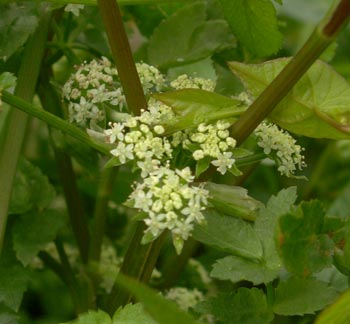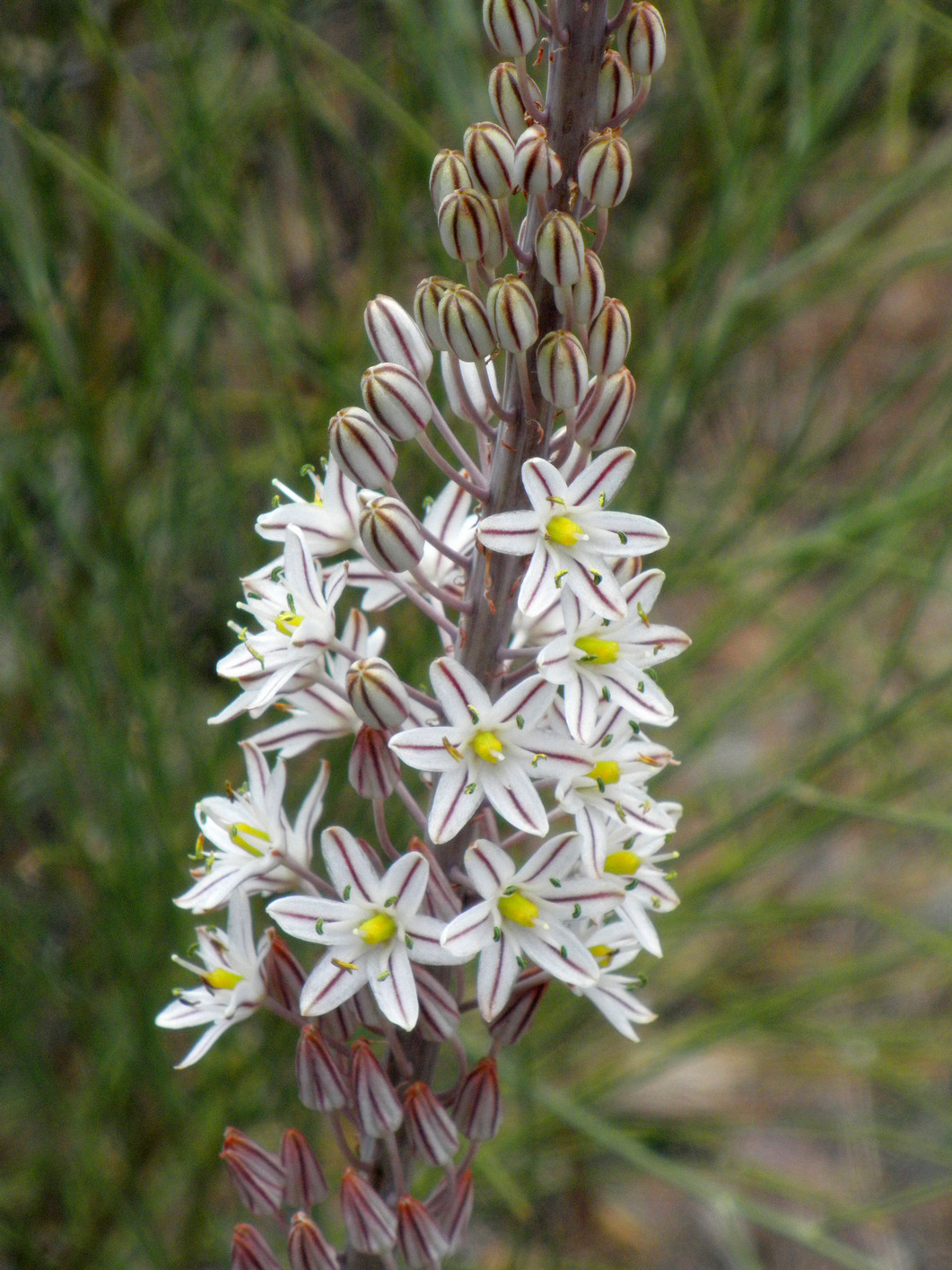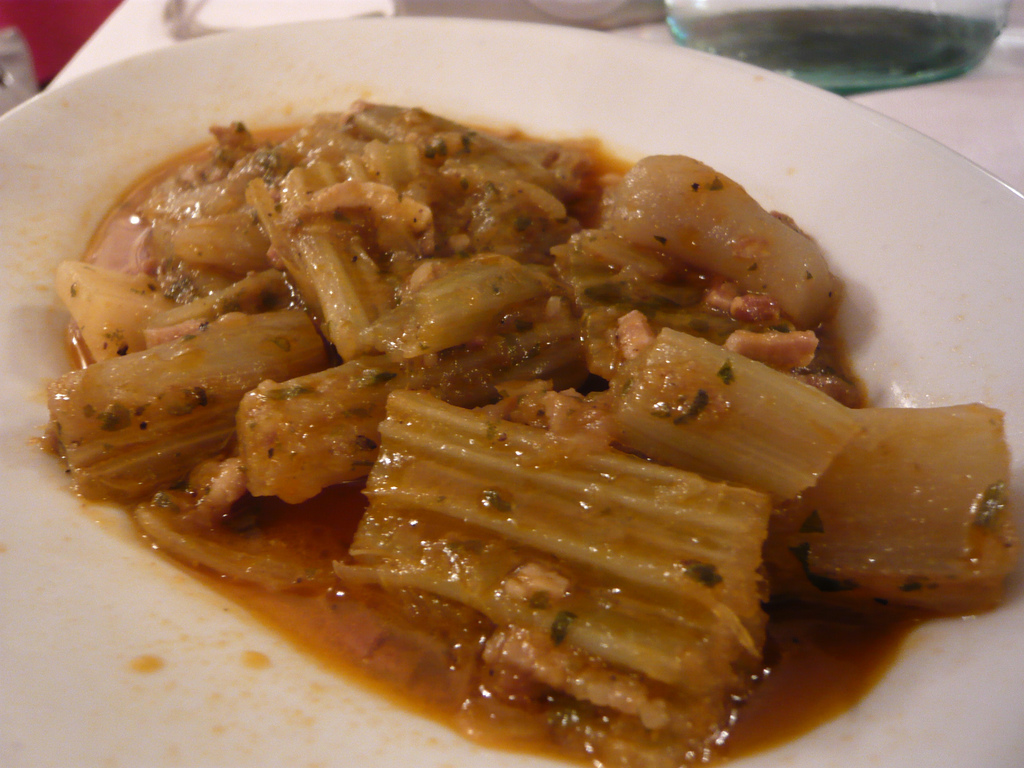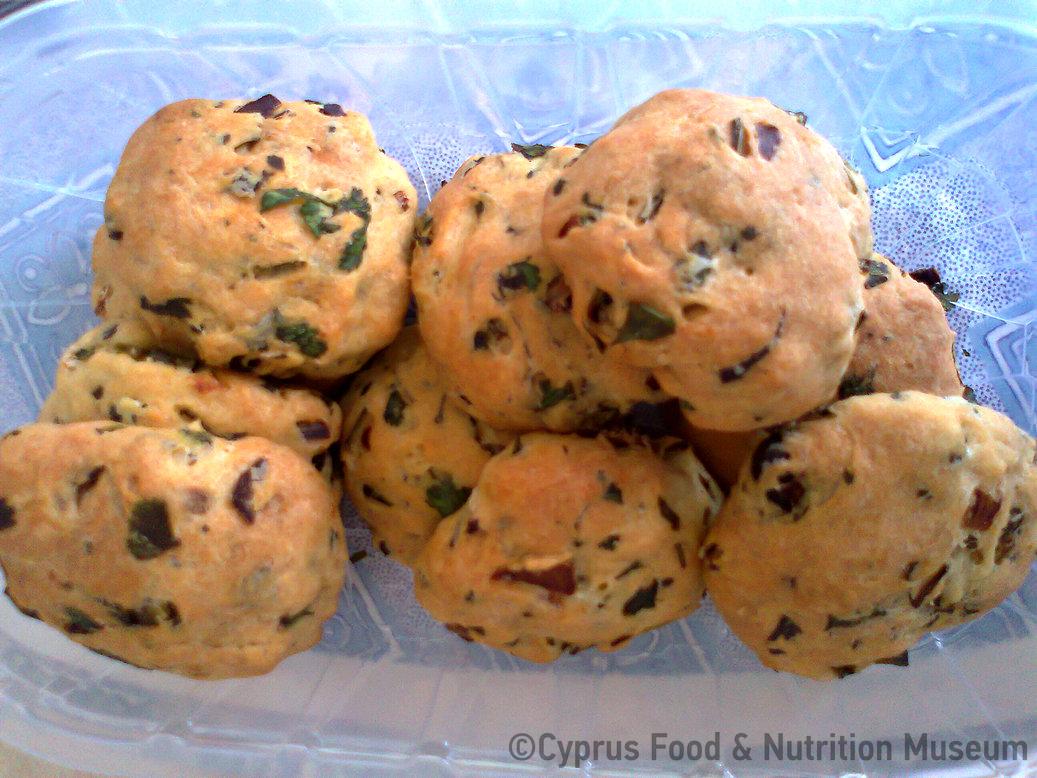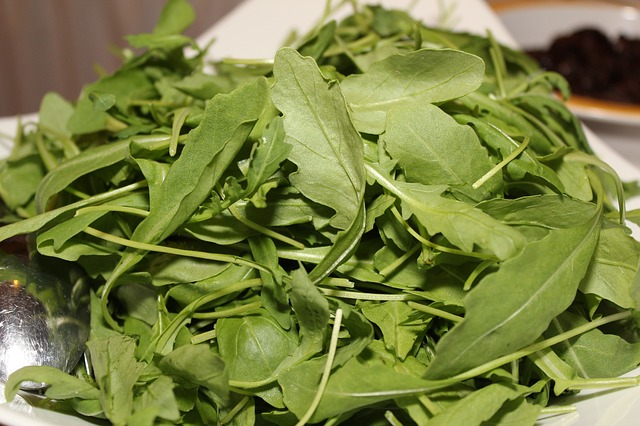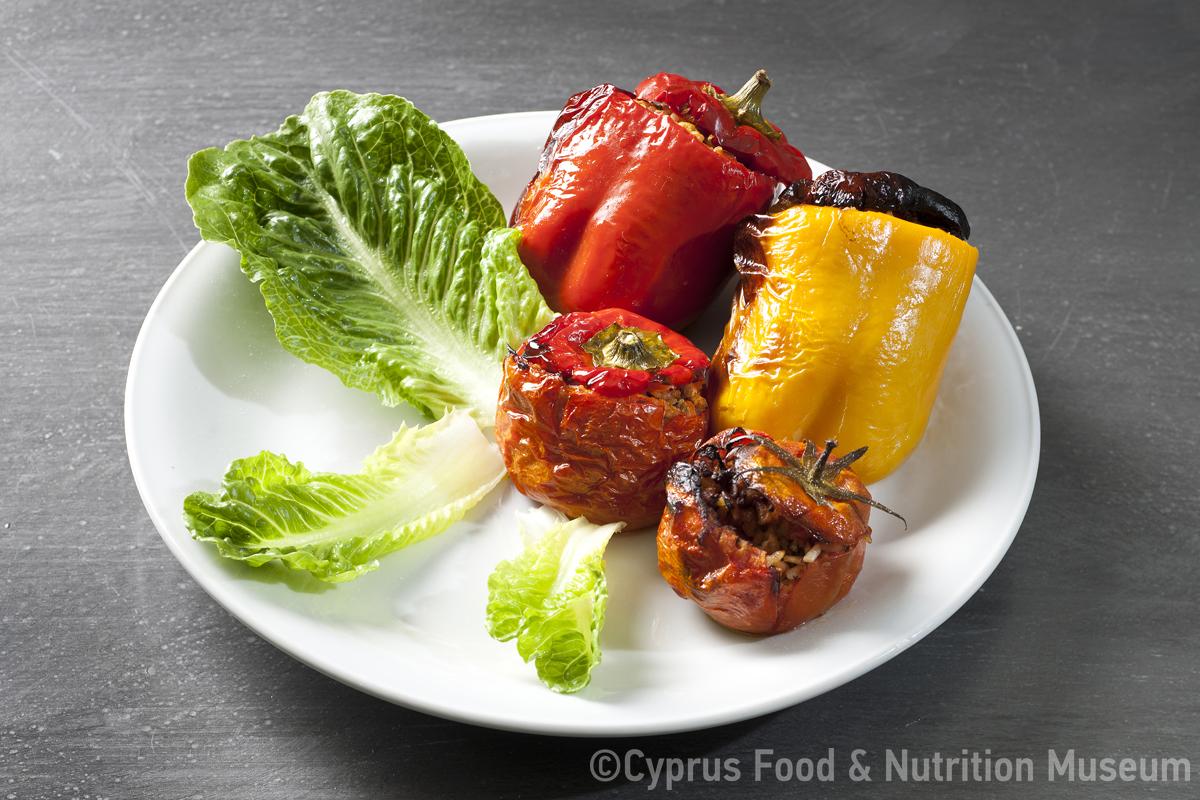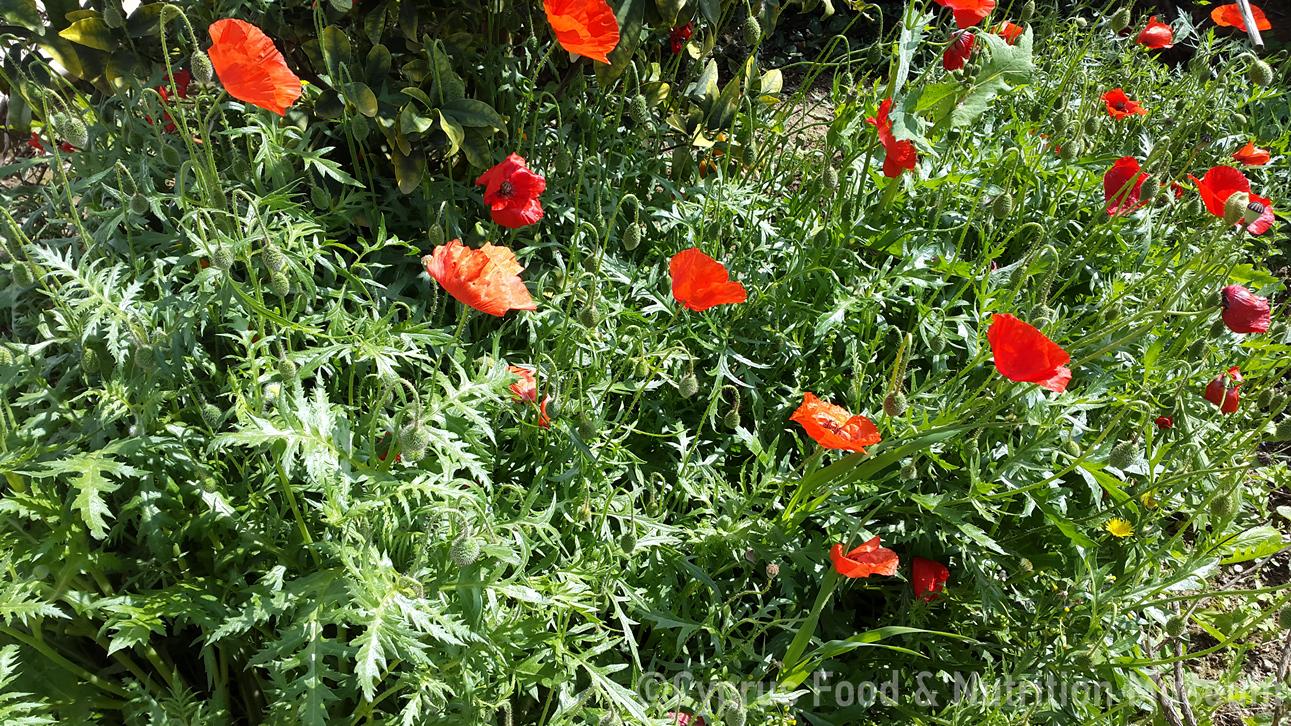Vegetables and greens in Cyprus (Archim. Kyprianos, 1788)
Functional and symbolic role
Archim. Kyprianos in his "Χρονολογική Ιστορία της Νήσου Κύπρου" (1788, p. 545) gives a detailed list (see supplementary info) of the vegetables and greens that were cultivated or growing on a large scale on the island, especially in the plains.
Additional information and bibliography
"All kinds of greens and vegetables, the plains of the island are full of, wild and cultivated. Cellery, lettuce, white and red beetroot. Various kinds belonging to the gourd family, and cucumbers. And root vegetables, such as raddish, carrot and others. Okra, aubergines and so called kreatokoloka (lagenaria vulgaris), salad greens of various kinds, winter vegetables and peppers of exceptional quality. Common cabbage and, in the villages, asparagus and wild asparagus. Artichokes, whole fields full of artichokes. Kolokasi (taro) roots in Lapithos and other areas in multitude. Cauliflower, spearmint, parsley. Rucola. Cardamon. Coriander. Entives, chicory. Onions, garlic. Leeks. Mushrooms of various kinds. Soap ashes are made from a herb found in the village of Kalopsida, in Limassol and in other places which is commonly called tzéneri." (Archim. Kyprianos, 1788, p. 545)
Archimandrite Kyprianos (1788) Ιστορία Χρονολογική της Νήσου Κύπρου, Evagoras Press, Nicosia.
Stalo Lazarou

